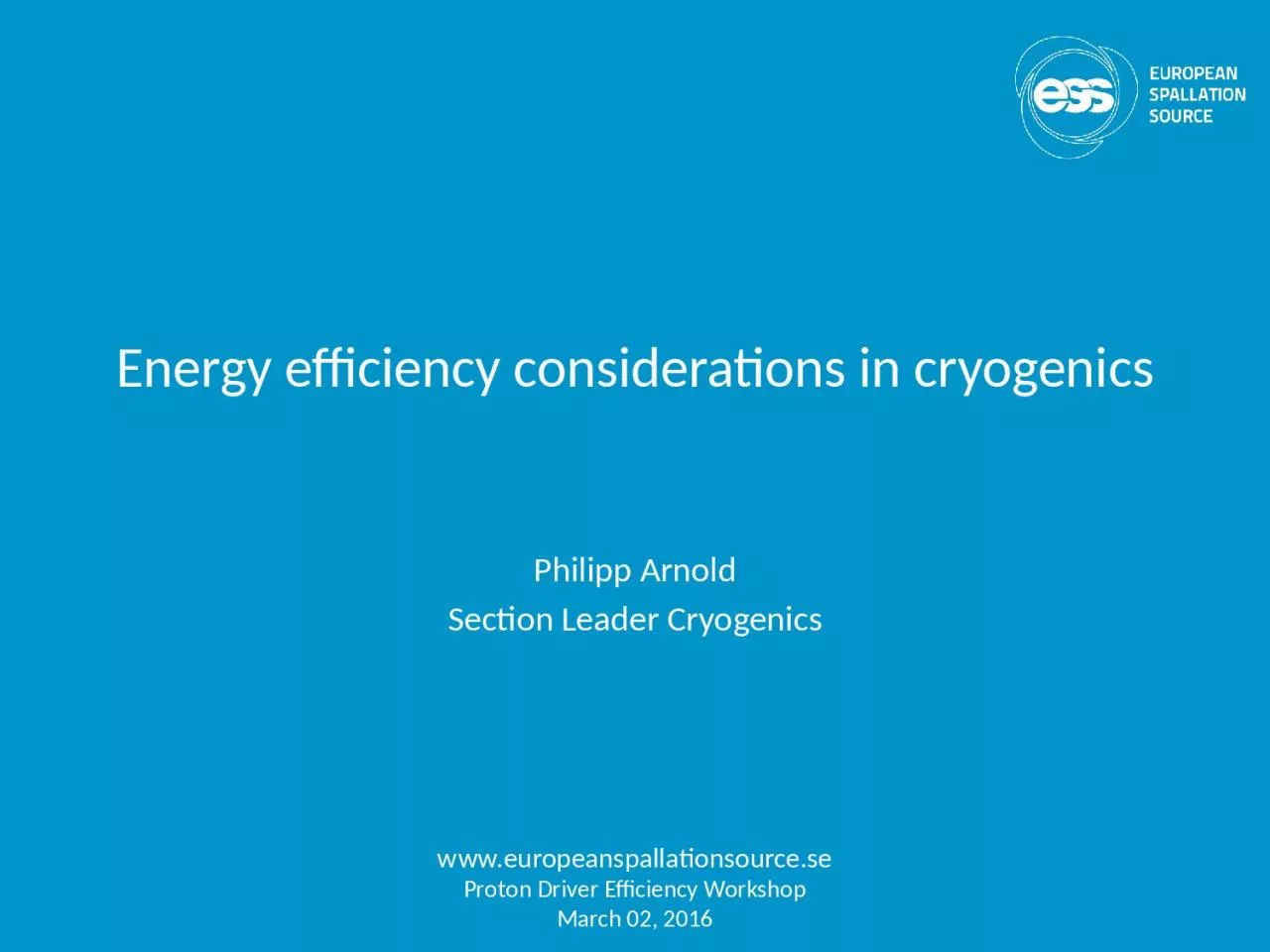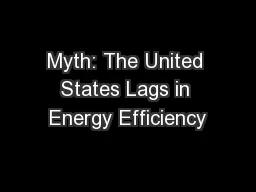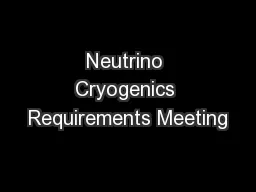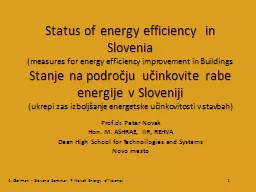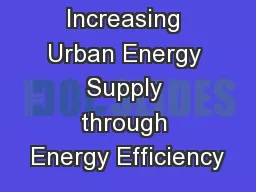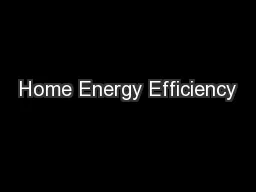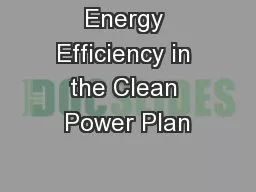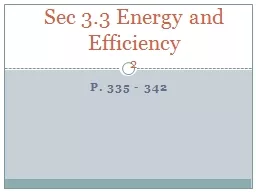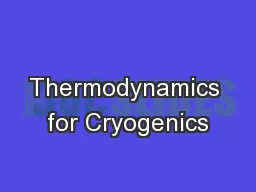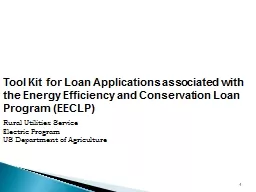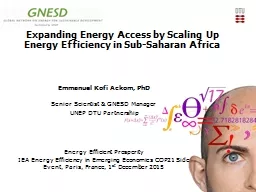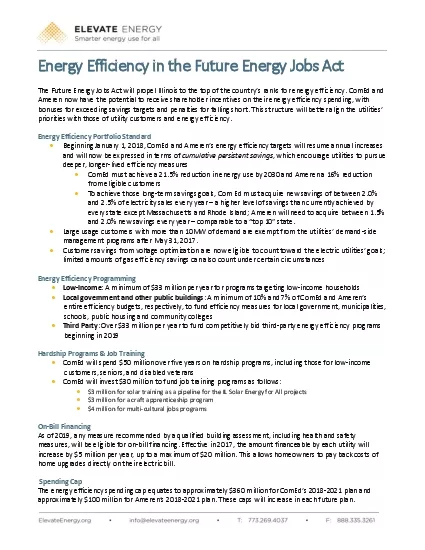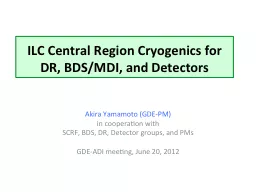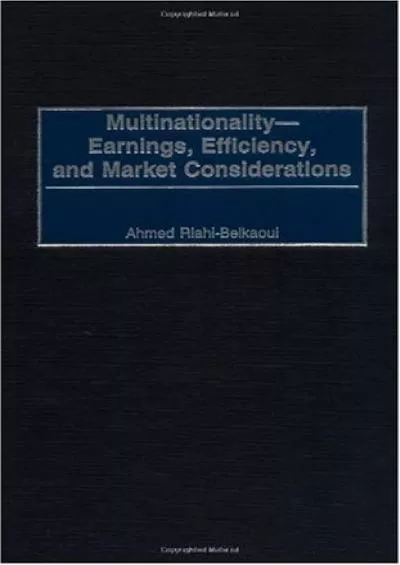PPT-Energy efficiency considerations in cryogenics
Author : SultrySiren | Published Date : 2022-07-28
Philipp Arnold Section Leader Cryogenics wwweuropeanspallationsourcese Proton Driver Efficiency Workshop March 02 2016 Outline Introduction Cryogenic Design Choices
Presentation Embed Code
Download Presentation
Download Presentation The PPT/PDF document "Energy efficiency considerations in cryo..." is the property of its rightful owner. Permission is granted to download and print the materials on this website for personal, non-commercial use only, and to display it on your personal computer provided you do not modify the materials and that you retain all copyright notices contained in the materials. By downloading content from our website, you accept the terms of this agreement.
Energy efficiency considerations in cryogenics: Transcript
Download Rules Of Document
"Energy efficiency considerations in cryogenics"The content belongs to its owner. You may download and print it for personal use, without modification, and keep all copyright notices. By downloading, you agree to these terms.
Related Documents

